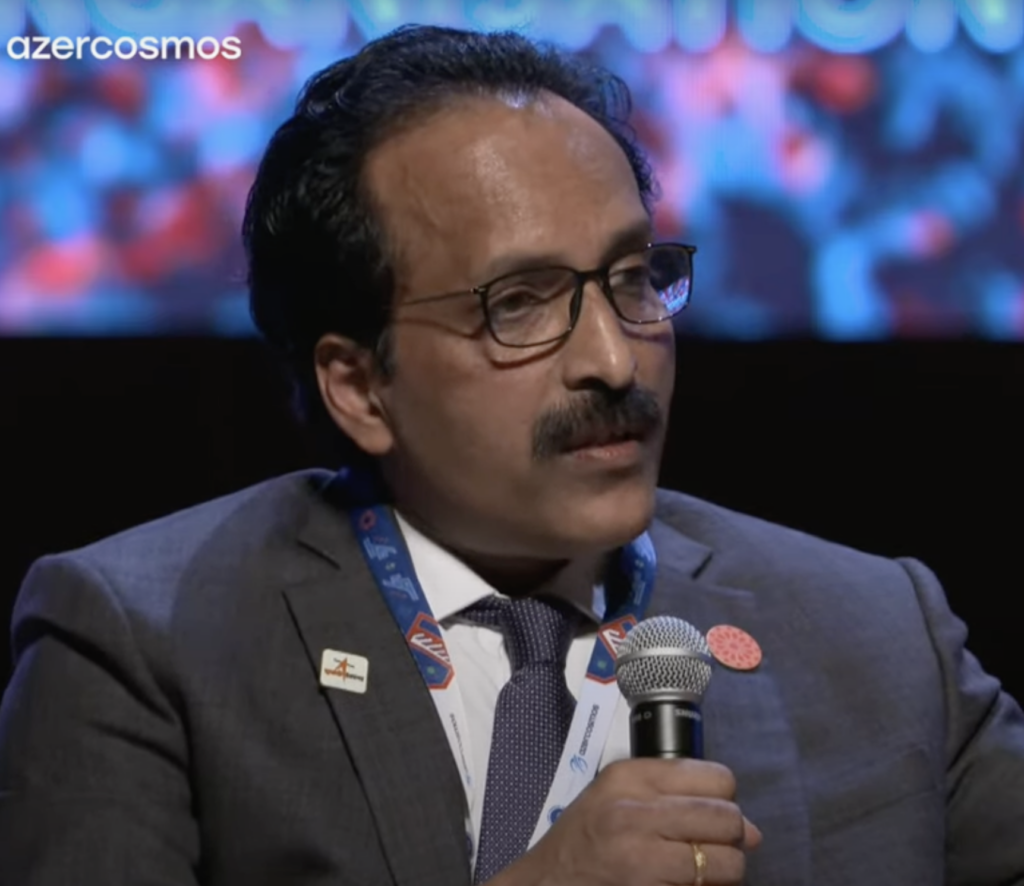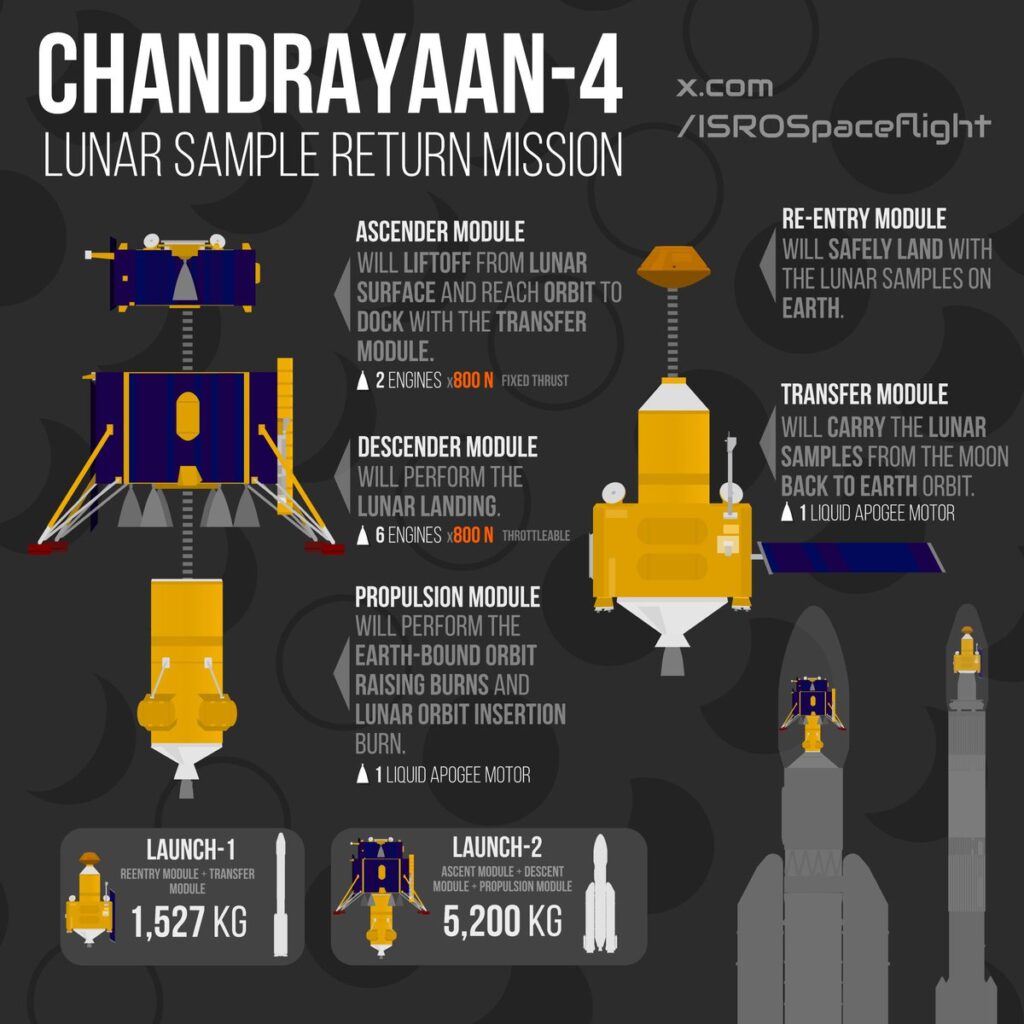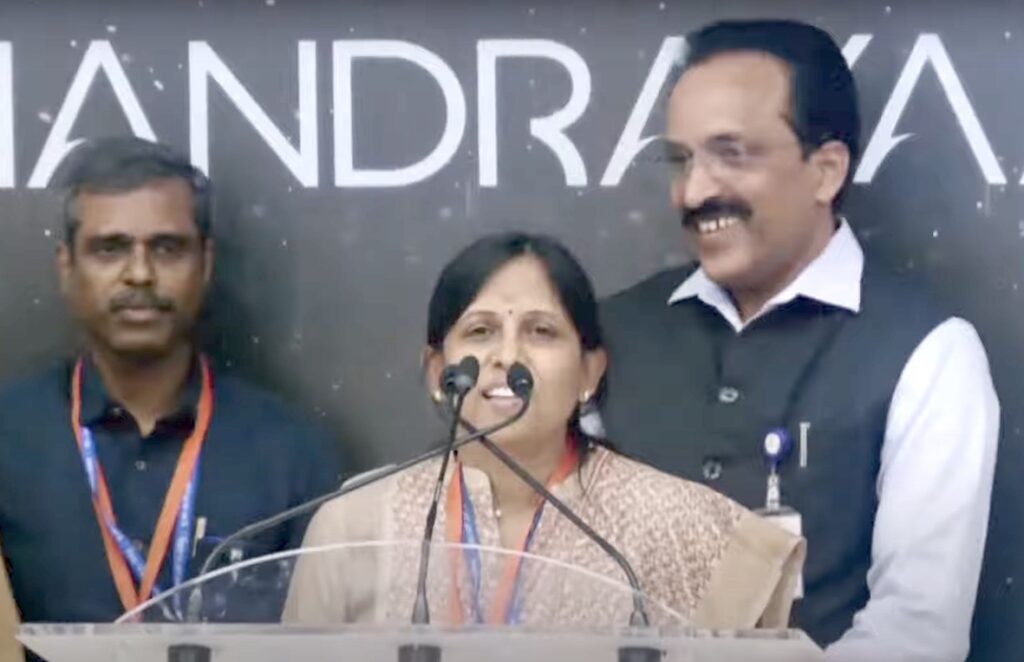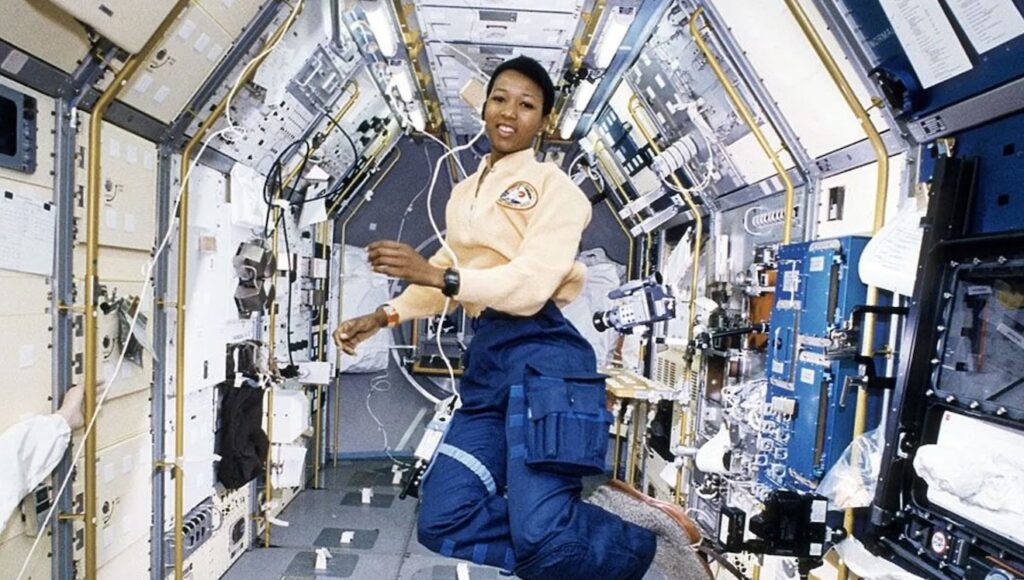Three stories in the news related to the Indian Space Programme

1. The ISRO Chief ISRO chief S Somanath was diagnosed with more than 6 months ago. He saw him in Baku during IAC2023 – he looked well but was working to a hectic schedule – which is normal. The report below indicates that he is getting treatment and getting on with his job as normal. More here Times of India
2. A bit more detail but no schedule – for India’s lunar sample return mission. Two launch vehicles will be needed to complete the job. First the heavier LVM-3 with 3 parts – a propulsion module to get to the Moon, a Descent module to land and an Ascent module to come back to lunar orbit. The second will use the GSLV and contains two parts. A transfer module – transfers lunar samples in lunar orbit from the Ascent module and heads back to Earth and the second – a reentry module. This is part of the transfer module that will deliver the samples to the Earth’s surface.
No details of the landing point. It could be mainland India, the Indian Ocean or maybe the Australian outback. More on Reddit here
3. ISRO has published some details on the proposed design of the Next Generation Launch Vehicle. Three key innovations (a) use of methane with LOX – very popular at present (b) Reusable, at least in part using a barge at sea (c) The absence of a cryogenic stage, a technology that ISRO has spent lots of time and money on over the last 3 decades
The picture below from @ISROSpaceflight via Twitter/X



